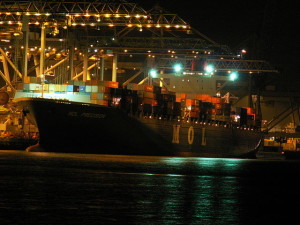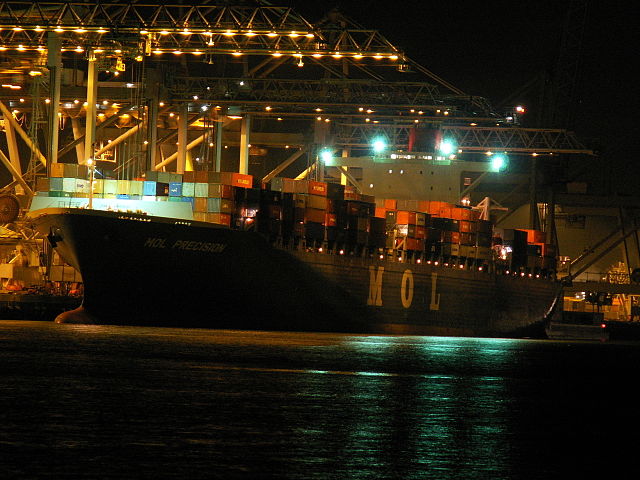 Japanese shipping firms Kawasaki Kisen Kaisha (“K” Line) and Mitsui O.S.K. Lines (MOL) have made changes to their top management.
Japanese shipping firms Kawasaki Kisen Kaisha (“K” Line) and Mitsui O.S.K. Lines (MOL) have made changes to their top management.
“K” Line on April 1 handed over the leadership reins to its new president and CEO Eizo Murakami, while MOL has announced the appointment of its new chairman and president Junichiro Ikeda.
Eizo in a written message said “K” Line is now starting its new fiscal year by closing its previous medium-term management plan, “Bridge to the Future,” and introducing a new one, “Value for our Next Century,” which defines the corporation’s management objectives over the next five years, the last year marking the group’s 100th anniversary in 2019.
On the new management plan, Eizo said the first half will focus on “further strengthening our financial position based on improved earning power,” while the last half will be dedicated to strategically expanding businesses based on financial soundness in order to promote growth.
“K” Line announced on January 30 that Eizo will take over on April 1 the post of CEO and president from Jiro Asakura, who was appointed chairman, to be effective April 1, too.
Eizo joined the company in 1975 and was promoted to general manager of containerships business group in 2004. He moved on to various posts including executive officer and senior managing executive officer. His last position before the latest appointment was vice president executive officer which he assumed in 2014.
MOL’s new prez
Meanwhile, MOL has named Junichiro as its new president and representative director, while current president and representative director Koichi Muto will be the new chairman. The appointments are slated for approval by the board of directors in the group’s annual general meeting of shareholders on June 23, 2015.
Junichiro, 58, of Nagano, Japan, graduated from the University of Tokyo Faculty of Law in 1979. He became part of the company in the same year and held various titles in the succeeding years, including general manager of the liner division in 2007, executive officer in 2008, and director and senior managing executive officer from 2013 to the present.
As this developed, president Koichi in a message on MOL’s 131st Foundation Day on April 1 reported that “our business performance fell short, and we could not achieve our initial target of ¥70 billion in consolidated ordinary income.”
He said that in light of these results, the company’s “highest priority is to swiftly alter the course of the midterm management plan by decisively implementing measures already started in each business division to improve our business performance.”
He traced the poor FY2014 results to the inability of its container ship business to achieve targets “despite the favorable winds of a depreciating yen and lower bunker prices.” This, he said, was “due to factors including inaccurate projections regarding the trade environment, freight rate market, and bunker prices, as well as construction delays in our terminal automation project.”
In addition, “repeated downward revisions of our forecasts have eroded shareholders’ trust in our company,” he said, adding that the liner division has “fallen into a slump in comparison to our competitors.”
Return to profitability a must
For the new fiscal year, Koichi emphasized that it is important that “the containership business absolutely must return to profitability in FY2015, as it underpins the mid-term management plan’s company-wide targets.”
To do this, he said, the company needs to “not only eliminate transient factors that deteriorate profits, but also ensure progress in the automation of our cargo loading/unloading operations at the TraPac Container Terminal, which will increase the value that our terminal business adds to our shipping services.”
In addition, he said the decision to build six 20,000-TEU-class container ships will lead to reduced unit costs with their improved fuel efficiency and expanded capacity, further enhancing business prospects. The ships are set to be launched on the European routes in 2017.
Photo: AlfvanBeem





